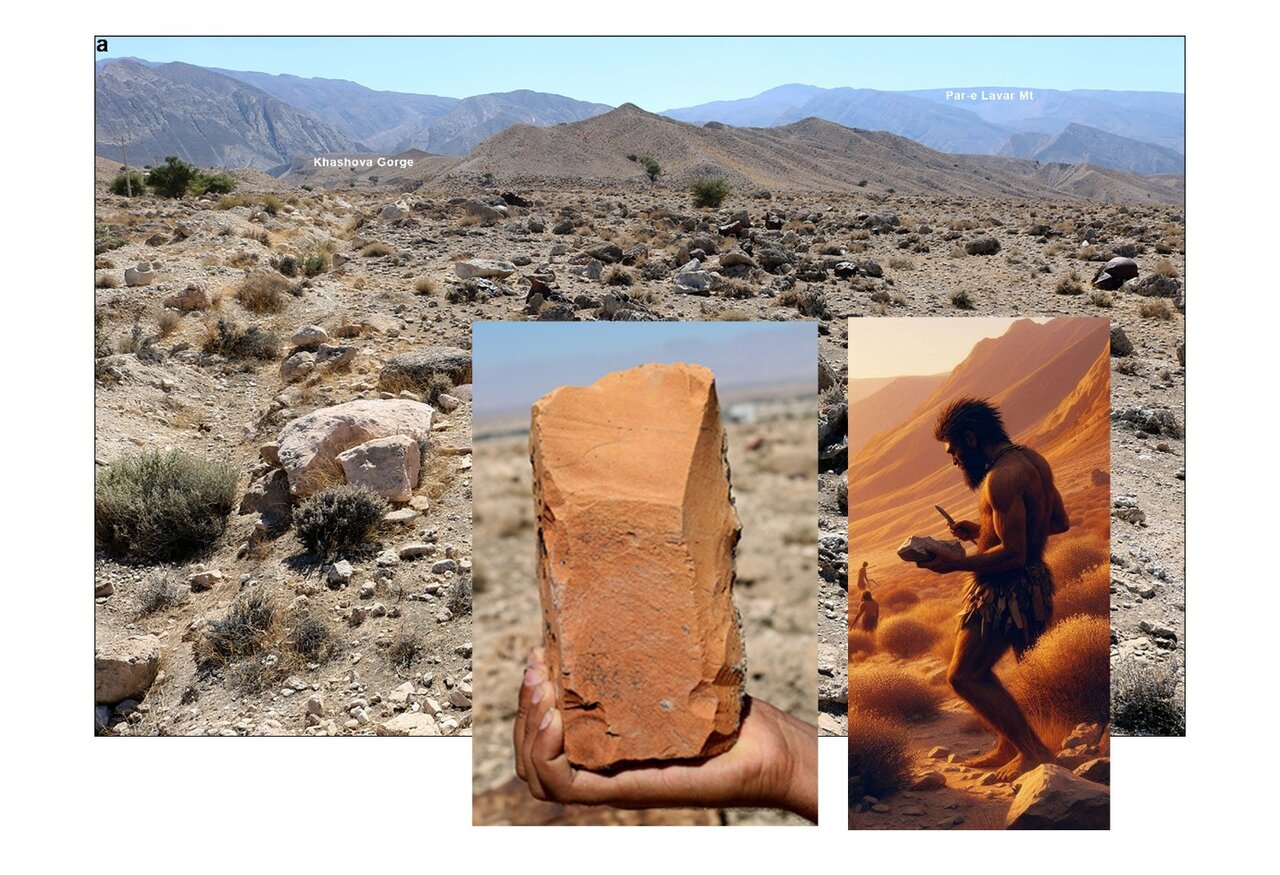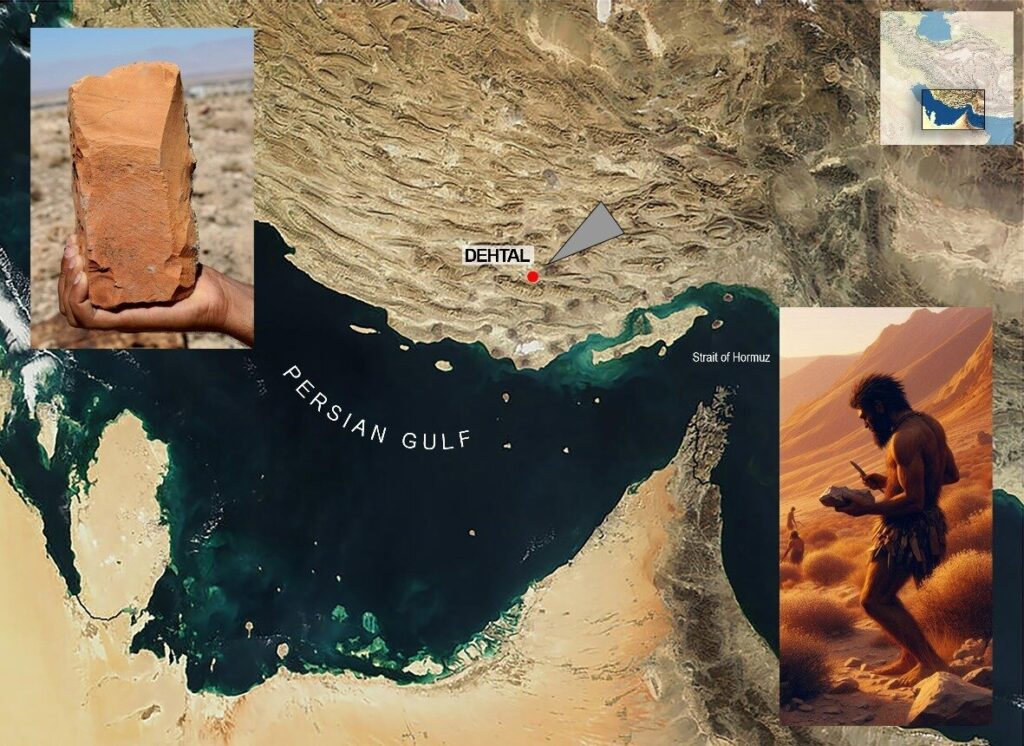Tehran – Major archaeological discoveries in the hinterlands north of the Persian Gulf have changed our understanding of early human migration in Asia.
Detarcite, located in the province of Hormozgan in southern Iran, has produced one of the most substantial Achuurean assemblages ever discovered on the Iranian plateau, highlighting the importance of the region as an important corridor for Pleistocene hominin dispersal from Africa.
The discovery, led by archaeologist Sepert Zarei, includes a huge stone tool that includes a huge core with more than 50 centimeters of flake scars, and a variety of large cutting tools (LCTs), including hand shafts, creevers and scrapers. These rock artifacts, shaped from locally produced rocks, reflect the sophisticated technical strategies adopted by the Acheulean tool makers during the lower to mid-Pleistocene, perhaps more than 400,000 years ago.
“The enormous size and complexity of these tools suggest that Dehtal was not a peripheral part. It was a central hub for early human occupations and tool production,” Zarei said. “Our findings reveal systematic raw material exploitation and on-site tools production on a scale rarely seen in the region.”
Located in a vast alluvial plain near seasonal water sources and abundant raw materials, Dehtal provided ideal habitat for early human groups. The location supports a broader theory that access to freshwater and stone resources played a critical role in human retention patterns during the Pleistocene.

According to Fereidoun Biglari, the National Museum of Iran, who first researched and sampled Dehtal in 2010, the impact is far beyond the site itself.
“The presence of the enormous core technology in Detal, which can also be found throughout the Arabian and Indian subcontinents, reflects the widespread Akeirian tradition shared across the continent,” Biggrali noted. “This reinforces the idea that the North Persian Gulf is an arid basin, created as an overland overland that connects the Levant and the Arabian Peninsula with South Asia. With its rich stone record and strategic location, Detal becomes an important piece for the Aculian world and ancient times to understand the Aculian world beyond this part.”
Interestingly, some of Dehtal’s Acheulean Core also has rock art from the Holocene period, suggesting subsequent cultural reuse, adding a complex, layered chronology to the importance of the site.
The findings pave the promising pathway for further study of early hinosine behavior, landscape use, and long-distance movements. As sea levels fluctuate throughout the Pleistocene, regions like the Persian Gulf basin alternate between travel routes and Refugia, potentially hosting populations over time.
According to Zarei, the site plans to conduct more intensive and systematic investigations and excavations between 2025 and 2026.
The results of the withdrawal investigation were recently published in the Journal of the National Museum of Iran.
morning

